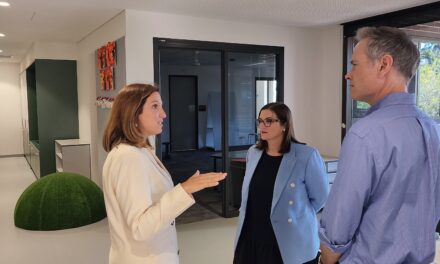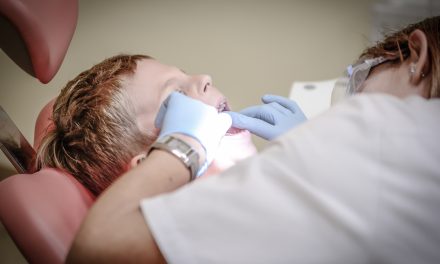Around one million students participated in the National Assessment Program for Literacy and Numeracy (NAPLAN) this May. Victoria Ticha reports.
Every year, thousands of parents end up paying big for private tutors, books and online resources in a bid to boost their child’s NAPLAN scores. Results are published on the My School website. The scores have become valuable marketing strategies, encouraging parents to enrol their children into high achieving schools. The long-term effect may be that talented teachers end up working in high performing private schools instead of low performing public schools where they are most needed.
According to Robert Randall, chief executive of the Australian Curriculum, Assessment and Reporting Authority (ACARA), the tests aren’t just about high scores. He says they are a valuable way of measuring and encouraging student progress.
“NAPLAN’s purpose is to identify, as early as possible, a child’s strengths and areas for development, to make sure they are progressing in literacy and numeracy,” Mr Randall says.
Without NAPLAN data it would be difficult to tell where students stand nationally and internationally.
“It is also indisputable that NAPLAN provides parents and carers with an individual report, showing their child’s results and a national comparison of their child’s performance against other Australian students in their year level,” Robyn Ziino, ACARA director of communications says.
ACARA acknowledges that NAPLAN generates debate amongst parents and education professionals each year. Dr Jihyun Lee, educational psychologist from the University of New South Wales says “I generally agree with the public view that NAPLAN does not tell anything new to students, teachers, and school communities. Given that the national academic achievement in PISA (Program for International Student Assessment) has gone down internationally, NAPLAN, which measures the ‘minimum’ student ability per grade does not seem to facilitate student learning.”
So while NAPLAN has some positive uses, it is arguably plagued by negative impacts on learning and student well-being. “At this point I would prefer NAPLAN to employ sampling and not all kids, not all schools sit in for NAPLAN so that the unnecessary burden of testing and comparison can be reduced across the country” says Dr Lee.
Finland, the country with the highest ranking education, promotes social and economic equality by excluding standardised and high stakes testing in schools. Instead the country encourages learning through extracurricular activities. According to Lenard Gadil, education student from the University of New South Wales, a good education system should have the interests of the child as its central focus. Mr Gadil says in systems dominated by high-stakes standardised testing, the interests of the child appear to be overshadowed by the competing interests of other stakeholders.
“An overemphasis on standardised testing is an overemphasis on product rather than process, competition rather than equity, high scores rather than deeper, critical learning” says Mr Gadil.
For now, the best preparation for a student, Ms Ziino says, is for them “to attend school and for teachers to teach the curriculum”. ACARA has acknowledged that NAPLAN generates debate and continues to adjust the tests every year in response to concerns about teachers teaching to the test.












